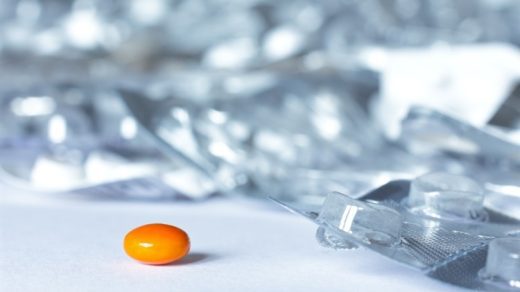The first induced pluripotent stem cells (iPSCs) from bats were created by scientists at the Icahn School of Medicine at Mount Sinai, providing important new information about the intimate connection between bats and viruses. This discovery paves the way for further investigation into the molecular changes that viruses like SARS-CoV-2, which causes COVID-19, make in order to adapt to new hosts and survive, spread, and escape the immune system.
The team’s research, which was published in Cell on February 21st, may also provide insight into the special characteristics of bats that underpin their extraordinary barriers against aging and cancer.By genetically and chemically converting skin or blood cells into newborn stem cells, which have the capacity to develop into any cell in the body, induced pluripotent stem cells are produced.
There were no trustworthy cellular models for researching bats before now biology or their reactions to viral infections, which makes it difficult to comprehend their genetic adaptations. By cultivating induced pluripotent stem cells from the common asymptomatic carrier of coronaviruses, including viruses closely related to SARS-CoV-2, the larger horseshoe bat (Rhinolophus ferrumequinum), the Mount Sinai team is assisting in filling that gap.
According to co-author Adolfo Garca-Sastre, PhD, Irene and Dr. Arthur M. Fishberg Professor of Medicine and Director of the Global Health and Emerging Pathogens Institute at Icahn Mount Sinai, “Comparing bat iPSCs to other mammals enabled us to uncover a unique stem cell biology never observed before.” The presence of huge virus-filled vesicles in bat stem cells that represented major viral families, including coronaviruses, without compromising the integrity of the cells was the most remarkable discovery.



